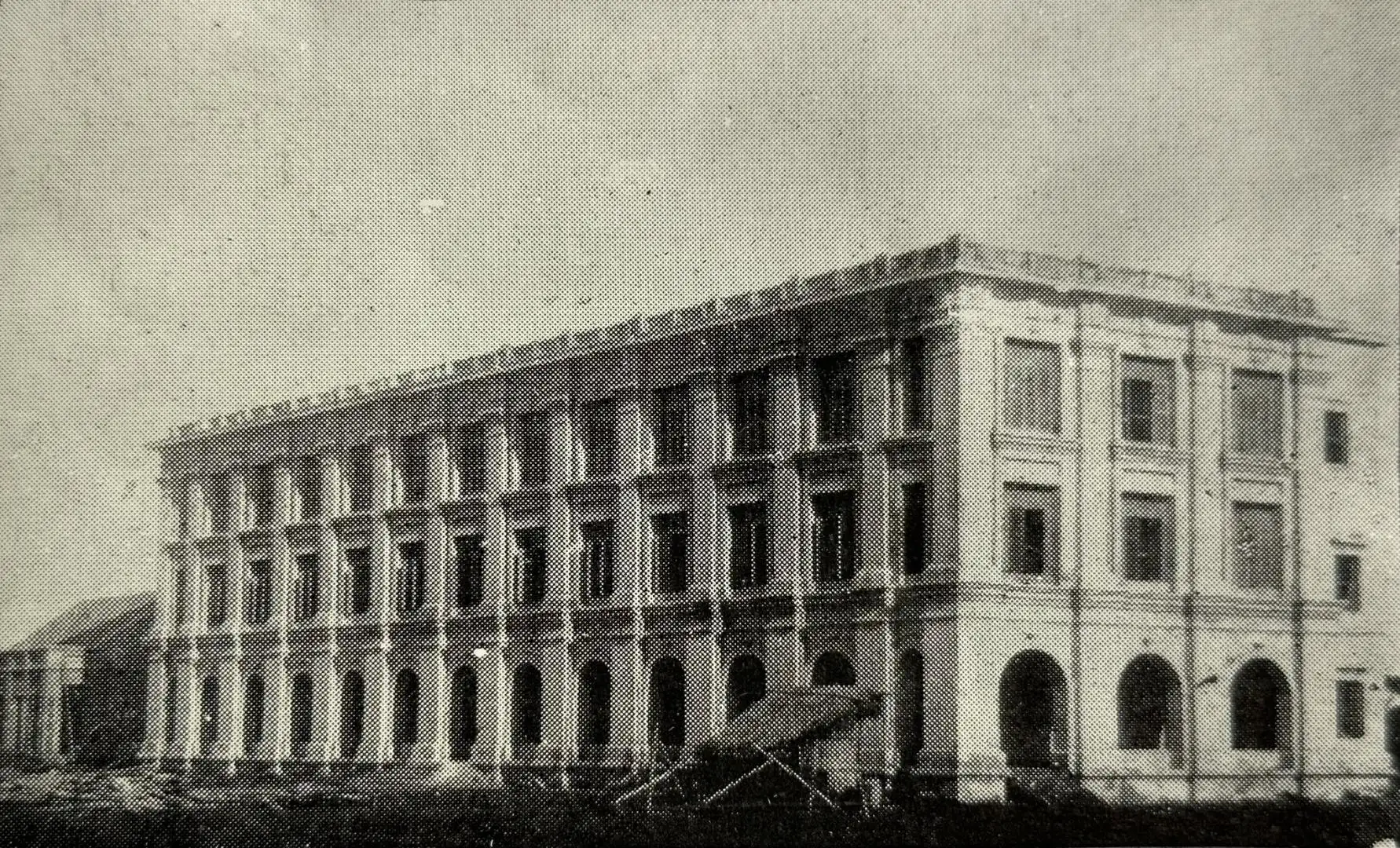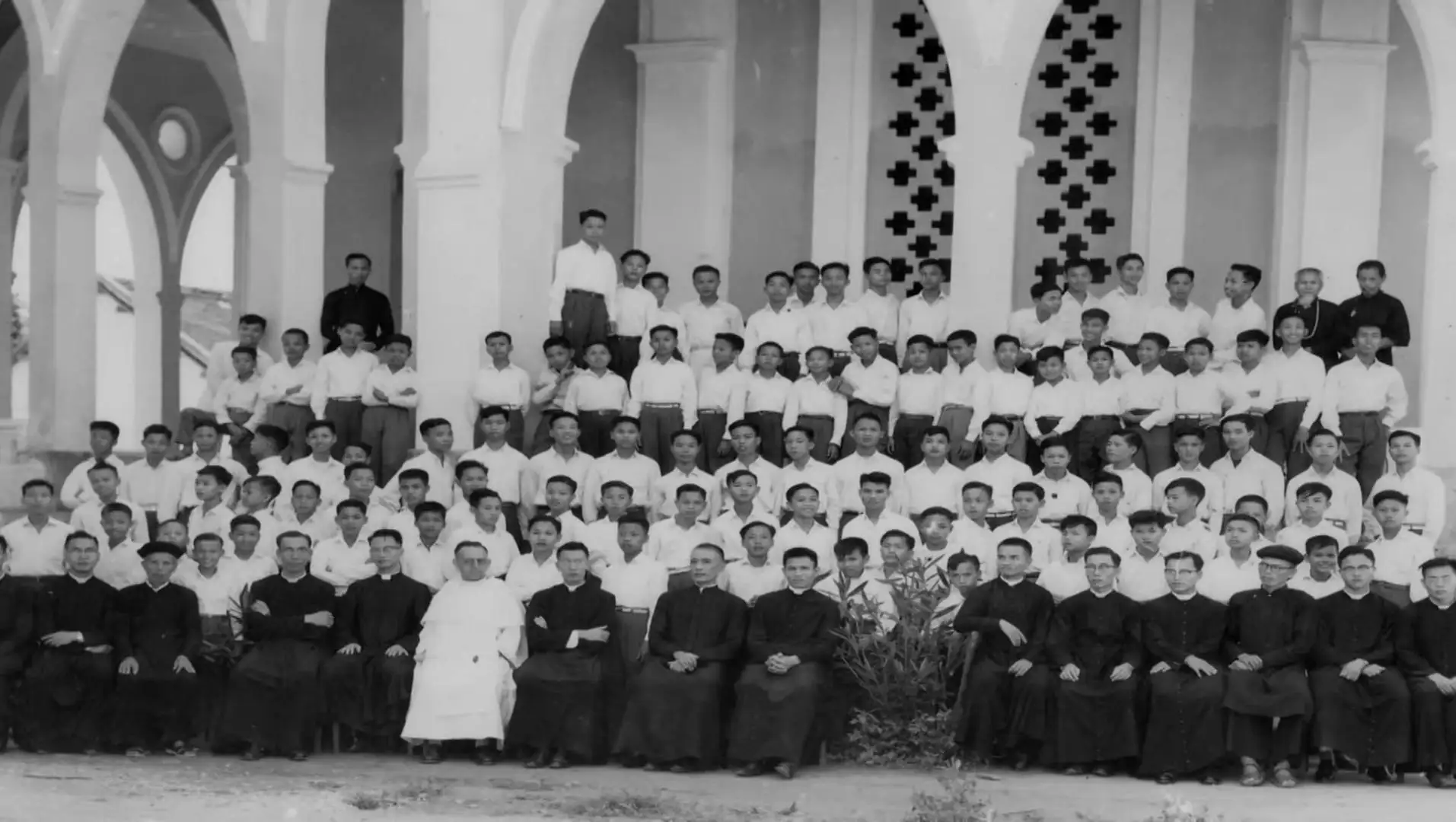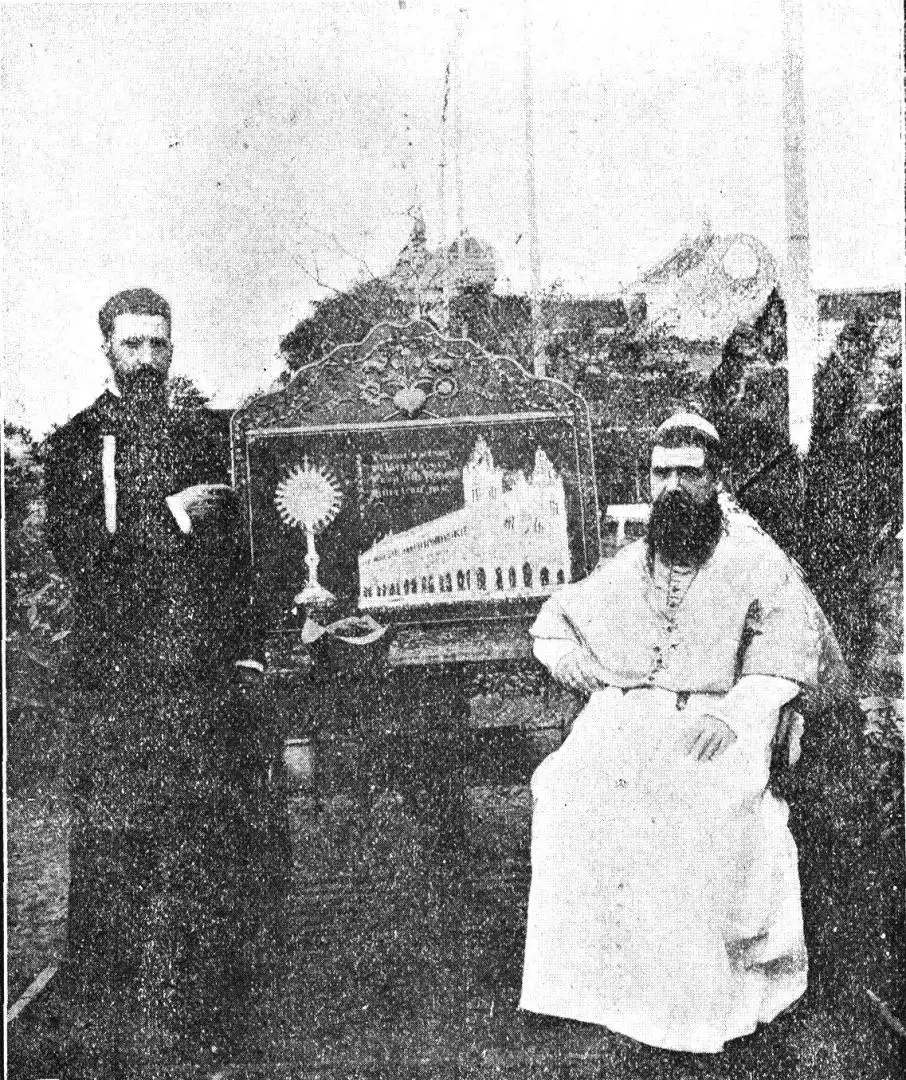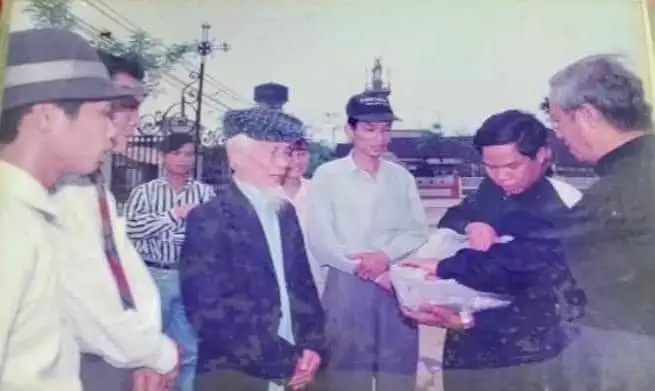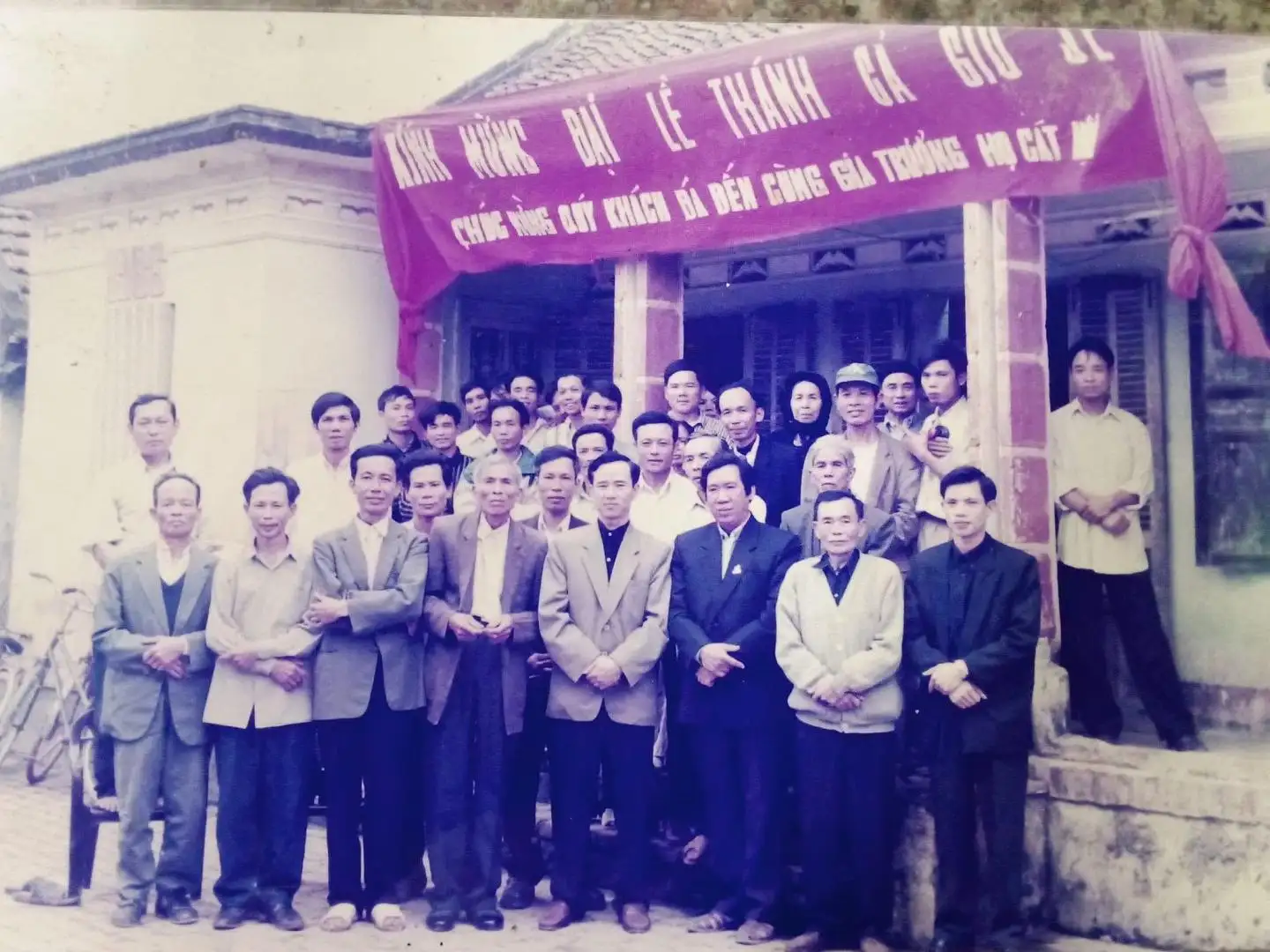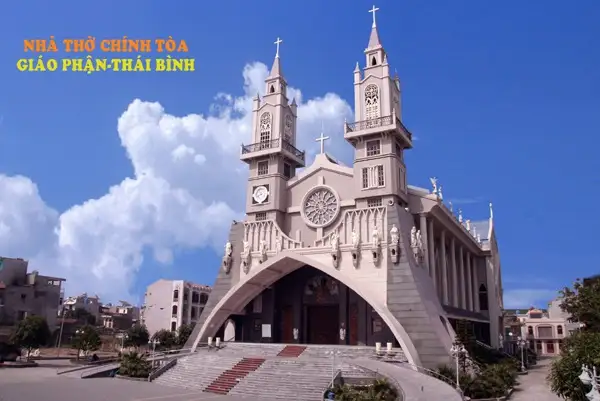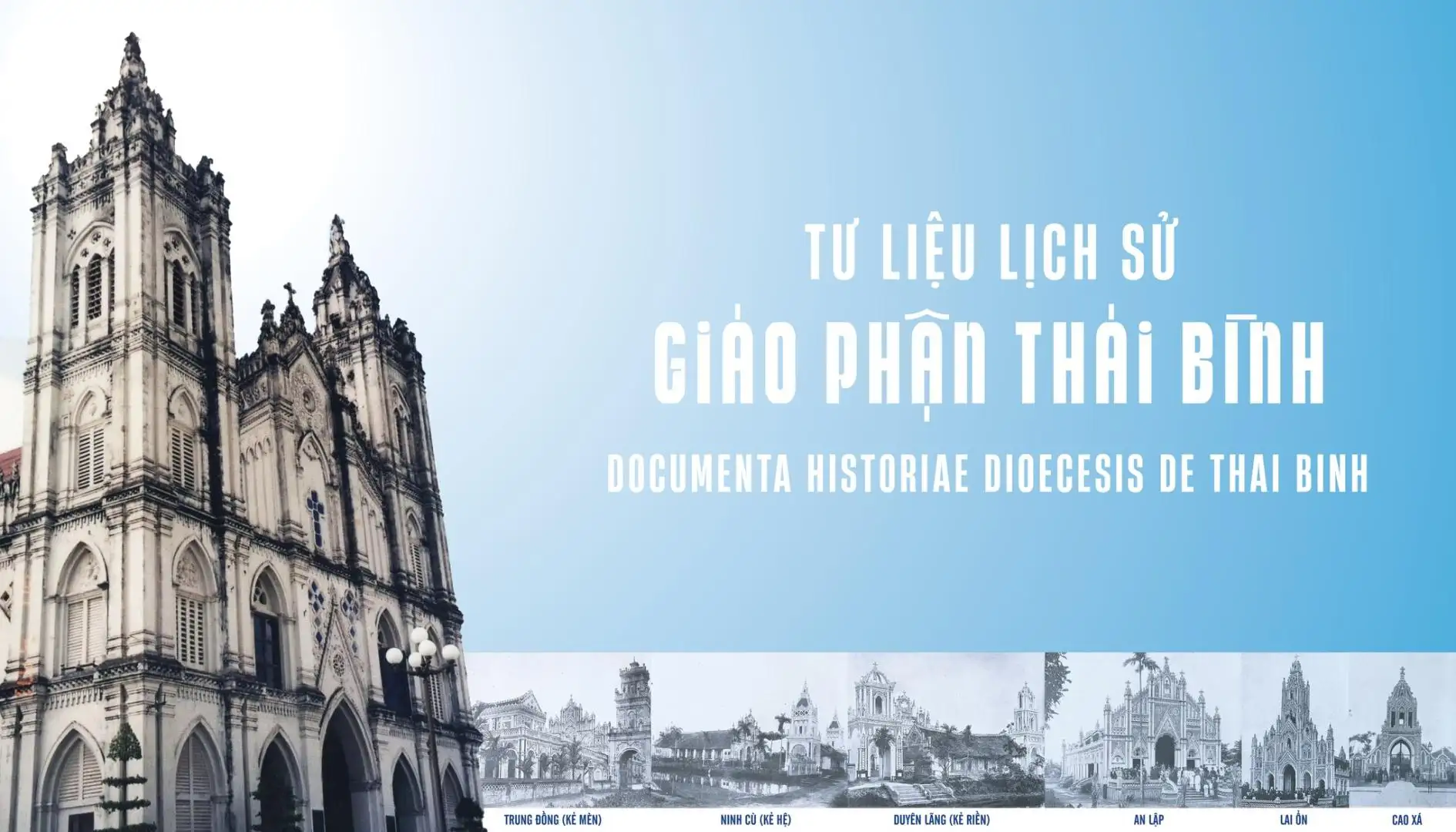
Established on March 9, 1936, by the papal bull Praecipuas inter Apostolicas of Pope Pius XI, the Diocese of Thái Bình is the youngest diocese in the Ecclesiastical Province of Hà Nội. Carved out from the territory of the Diocese of Bùi Chu, it encompasses the entirety of Thái Bình and Hưng Yên provinces. This fertile delta region, stretching from the shores of Đồng Châu to the fields of An Vỹ, is home to over 3 million people. Though young in its official establishment, the Diocese shares a profound and rich history of faith, marked by the heroic witness of missionaries and martyrs, that dates back nearly four centuries.
1. The Sowing of the Gospel Seed & the Jesuit Legacy
The seeds of the Gospel were planted in the soil of Thái Bình remarkably early. Historical records indicate that in 1638, during the reign of King Lê Thần Tông, an Italian Jesuit missionary, Fr. Felice Morelli, traveled down the Red River and into the Luộc River, arriving to preach the Good News in the village of Bồ Trang (in the present-day Bồ Ngọc parish). This historic encounter brought the grace of salvation to the local people. From this starting point, the Gospel gradually spread to other villages such as Lai Ổn and Ninh Cù.
Fr. Morelli’s mission was blessed with success. In 1645, he established the first parish on Thái Bình soil, Kẻ Bái (now Bồ Ngọc Parish), which became the cradle of faith for the future diocese. His influential work even earned him the favor of the ruling Lord Trịnh Tạc.
Following the establishment of the Apostolic Vicariates of Đàng Trong (Cochinchina) and Đàng Ngoài (Tonkin) in 1659, the land of Thái Bình fell under the jurisdiction of Đàng Ngoài. This period saw the arrival of missionaries from the Paris Foreign Missions Society (MEP), including Bishop Lambert de la Motte.
A pivotal event in the history of the Vietnamese Church took place in this region: the Synod of Phố Hiến in 1670. Presided over by Bishop Lambert de la Motte aboard a merchant ship on the river, this first-ever synod of the Church in Vietnam made several foundational decisions:
- It officially named St. Joseph as the patron saint of the Church in Vietnam.
- It organized the Vicariate of Đàng Ngoài into nine deaneries.
- It established the “Nhà Đức Chúa Trời” (House of the Lord) as a model for seminary formation.
By the end of this pioneering era, several vibrant Catholic communities had been established, including Kẻ Bái (Bồ Ngọc), Lai Ổn, Kẻ Hệ (Ninh Cù), Kẻ Diền (Duyên Lãng), and a Jesuit station at Cao Mại.
2. Growth, Persecution, and Perseverance
As the number of faithful grew, the vast Vicariate of Đàng Ngoài was divided in 1679 into the Vicariates of East Tonkin and West Tonkin. The territory of Thái Bình became part of the Vicariate of East Tonkin (1679 – 1848), with Phố Hiến serving as the episcopal see. This period saw continued growth, with many new parishes being founded. It was also a time of heroic witness. Two of the first Dominican martyrs, St. Jacinto Castaneda Gia and St. Vincent Phạm Hiếu Liêm, ministered and were arrested in the Thái Bình region before their martyrdom in Thăng Long (Hà Nội).
In 1848, the Vicariate of East Tonkin was further divided, creating the Vicariate of Central Tonkin, which comprised the territories of the present-day dioceses of Bùi Chu and Thái Bình. This period was marked by two distinct phases:
- The Great Persecution (1848 – 1862): The reign of Emperor Tự Đức unleashed a fierce persecution against Catholics. The Thái Bình-Hưng Yên region witnessed immense suffering, with many shedding their blood for the faith, including 10 canonized martyrs. A large-scale raid on the parish of Ngọc Đồng saw the local priest, Fr. Dominic Đặng Văn Huấn, and many faithful arrested and executed.
- A Period of Freedom (1862 – 1936): Following treaties signed with the French, the Church experienced a period of relative freedom and vigorous growth. Numerous parishes were established, and the Catholic faith flourished. A key development was the establishment of Thái Bình as a provincial capital. Foreseeing its importance, Fr. Peter Munagorri Trung, the parish priest of Sa Cát, initiated the construction of a Gothic-style church in the provincial town in 1906. This church would later become the Cathedral, and in 1908, Thái Bình Parish was officially established.
3. The Diocese of Thái Bình: Shepherds Through Turbulent Times
On March 9, 1936, Pope Pius XI officially established the Diocese of Thái Bình. The first bishop appointed to lead the new diocese was the Spanish Dominican missionary, Bishop John Casado Thuận, O.P. (1936-1941). A man of great zeal and vision, he immediately set about building the essential institutions for the fledgling diocese, including the magnificent Mỹ Đức Minor Seminary, the Bishop’s House, and a school for catechists in Hưng Yên. Tragically, he passed away in Spain in 1941 while unable to return to Vietnam due to World War II.
He was succeeded by Bishop Santos Ubierna Ninh, O.P. (1942-1954), who guided the diocese through the tumultuous years of war and political upheaval. Following the 1954 Geneva Accords, the diocese faced its greatest crisis. The exodus to the South left the diocese devastated, with more than half of its faithful and most of its clergy departing. Parishes were deserted, and Church properties were confiscated.
In this dark hour, Fr. Dominic Đinh Đức Trụ courageously volunteered to stay behind. Appointed as Apostolic Administrator, he led the remnant of the flock. In 1960, he was appointed as the first native Bishop of Thái Bình. Bishop Trụ’s episcopacy (1960-1982) was a testament to heroic perseverance. He worked tirelessly to rebuild the clergy, often through clandestine ordinations and secret seminary training, and navigated the immense difficulties of the post-war period with wisdom and fortitude.
He was succeeded by the gentle and simple Bishop Joseph Maria Đinh Bỉnh (1982-1989), who continued the work of his predecessor with a focus on charity and unity until his untimely death.
4. A New Era of Renewal and Growth (1990 – Present)
The appointment of Bishop Francis Xavier Nguyễn Văn Sang (1990-2009) marked a new springtime for the diocese. An energetic and visionary leader, he oversaw the renovation of the Cathedral and the Bishop’s House, organized diocesan jubilees, promoted social development projects, and founded the popular Youth Congress of the Hà Nội Ecclesiastical Province.
In 2009, Bishop Peter Nguyễn Văn Đệ, S.D.B., was appointed to lead the diocese. Bringing with him the Salesian spirit, Bishop Peter has focused intensely on faith formation, the training of lay leaders, and youth ministry. Under his leadership, the Mỹ Đức Major Seminary was fully re-established, and a magnificent new Diocesan Center was constructed. The Eucharistic Youth Movement has flourished, and a special focus has been placed on the re-evangelization of the Hưng Yên province.
80 years since its foundation, the Diocese of Thái Bình continues its journey. The past, present, and future are interwoven in the lifeblood of the diocese. Continuing the heroic faith tradition of their ancestors, all members of the People of God in this land are working hand-in-hand to build up the “diocesan family,” so that the peace and reign of Christ may flourish. As St. Paul reminds us, it is “The love of Christ that urges us on” (2 Cor 5:14).
From: Diocese of Thái Bình
————————————
Địa chỉ: Xóm 10, thôn Trung Nghĩa, phường Trà Lý, tỉnh Hưng Yên.
Fanpage: //www.facebook.com/gioitrecatnoi
Emai: giaoxucatnoi@gmail.com
